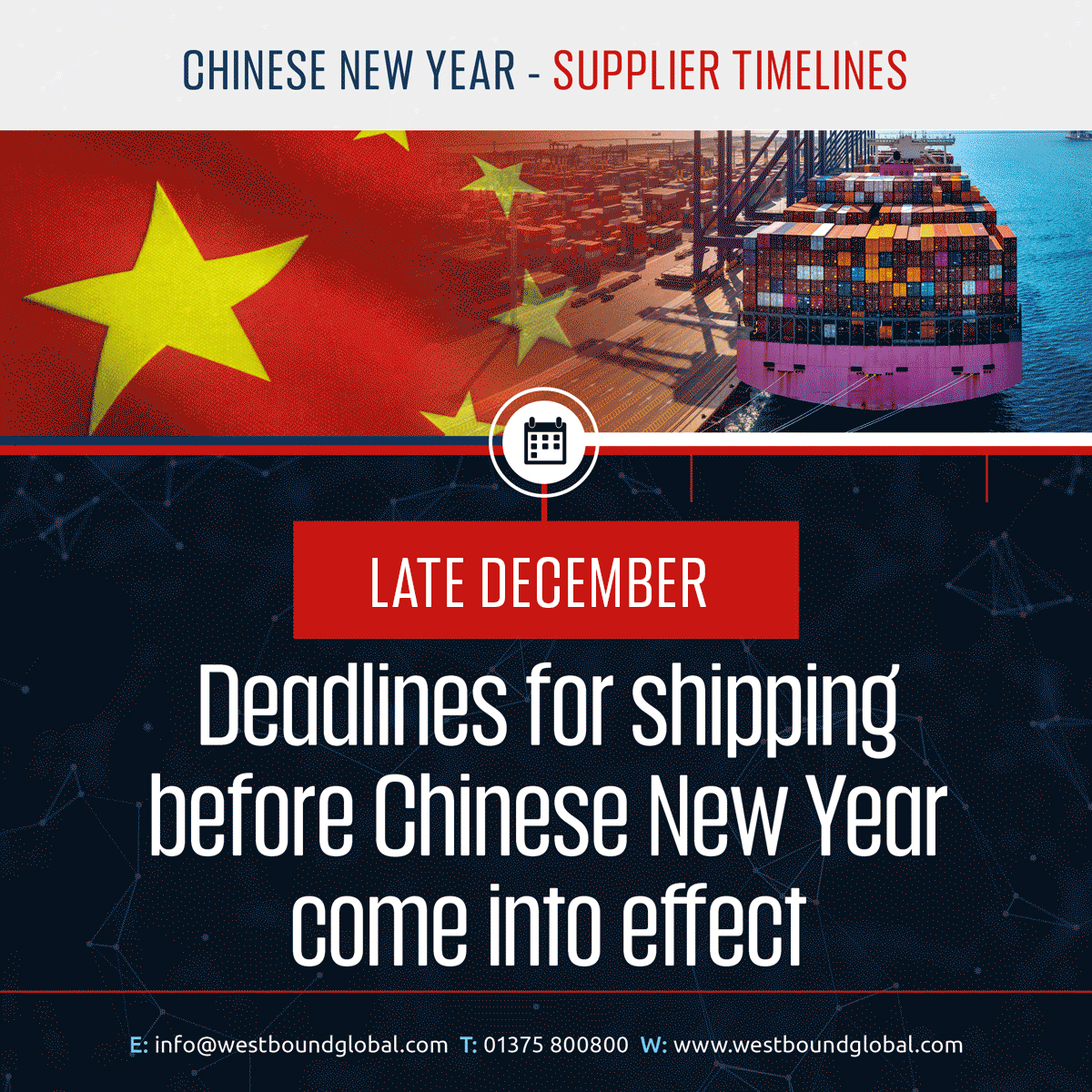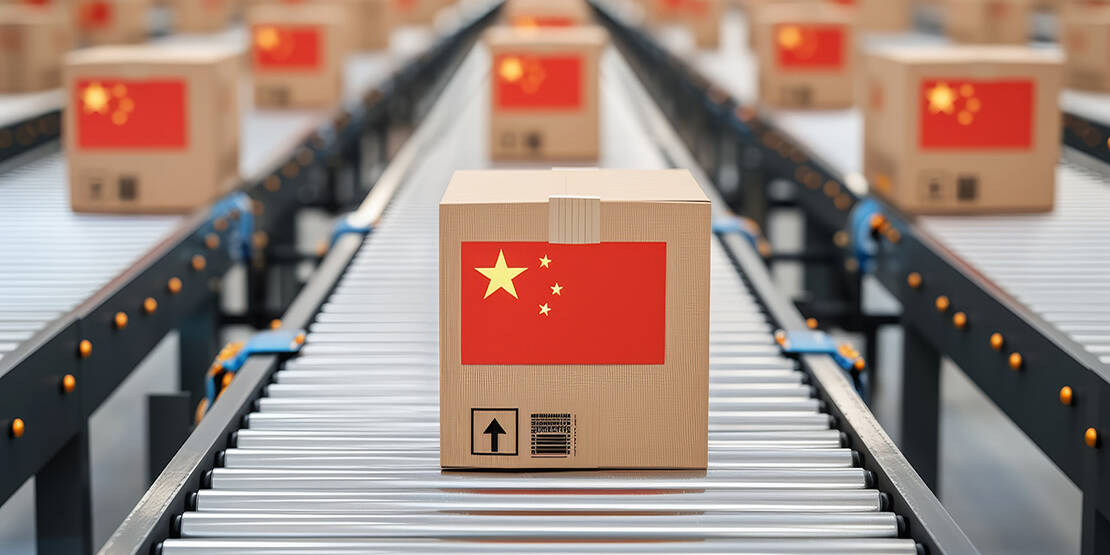Chinese New Year, also known as the Lunar New Year, is one of the most important holiday periods in global logistics. For businesses, it can present specific challenges due to factory closures, reduced workforce, and potential shipping disruptions. Here is everything you need to know about the Lunar New Year 2025 and how to keep your supply chain running smoothly during this period.
When is Chinese New Year 2025
Chinese New Year begins on the 29th of January, ushering in the ‘Year of the Snake’. This marks the start of the holiday season, including a week of official public holidays — from 29 January to 4 February and may extend unofficially for a few weeks.
The impact of the festivities for Chinese New Year 2025 will commence from mid-January and continue until mid-February. Many businesses start their Lunar New Year preparations early and reduce production three weeks in advance. Full operations may not resume until the third week of February, typically after the Lantern Festival on 12 February.
Preparing for Chinese New Year: Key Dates In The Timeline
As the festive season approaches, leading up to the the start of Chinese New Year 2024. Strategic planning is key to preventing disruptions in your supply chain during the two-week shutdown.
Here’s a comprehensive timeline and factors to consider:
Latter Part Of December: Deadline for Shipping
To avoid delays, ensure your shipments are dispatched before Chinese New Year disruptions take effect.
Early January: Factories will begin slowing down production
Mid To Late January: Workforce Departure (Majority of office closures 28th of January to 4th of February)
In the weeks and days approaching January 29th, workforces typically start to depart from factories, impacting operations.
January 29th: Official Chinese New Year
The official start of Chinese New Year
February 12th: Lantern festival,
This marks the official end of the New Year period and signals a full return to work.
Mid February : Workforce Returns
By the middle February, the majority of employees are expected to have returned to work.
Late February: Operations Return to Normal
Operations are anticipated to largely return to normal by Mid to Late February.
Factors Affecting Goods Flow As A Result Of The Chinese New Year Shutdowns:
Shipping Delays – Reduced operations can lead to production and shipment delays.
Port Congestion – Increased shipping activities may cause congestion at ports.
Container Shortages – High demand and delayed returns may lead to container shortages.
Increased Shipping Costs – Freight rates may rise due to heightened demand and delays.
Supply Chain Disruptions – Factory shutdowns can impact the delivery of raw materials and goods.
Labour Shortages – Celebrations lead to temporary labour shortages affecting various industries.
Extended Lead Times – Orders may experience delays in production and shipping schedules.
Shipping Strategies For Chinese New Year:
To reduce the impact of Chinese New Year on your shipping, businesses can take proactive measures:
Plan Ahead – Anticipate the increased demand and congestion by pre-booking containers or vessel space well in advance. CNY effects might take up to 6 weeks, so consider planning well ahead.
Stock Up – Consider increasing inventory levels before the holiday season to avoid running out of essential products during the factory shutdowns and shipping delays.
Diversify Shipping Modes – Consider combining various transport modes – sea – air – land transport to increase flexibility. Having alternative modes can help mitigate risks associated with unexpected delays.
Consider a variation in Container Types – In peak seasons, the standard 20ft containers may be in limited supply. To mitigate risks and enhance flexibility, diversify your freight by opting for various container types. Consider using 40ft standard containers, high cubes, or side-door containers when possible. This approach not only helps secure alternative options but may also present cost-saving opportunities with potentially lower rates.
Consider Less-than-Container Loads (LCLs) – Break down a large shipment into multiple smaller shipments by opting for less-than-container loads (LCLs). This approach minimizes the risk of shipping delays, as any issues affecting one container or carrier will not impact the entire shipment.
Choose Less Congested Ports – Instead of relying on major ports such as Shanghai or Shenzhen, which may experience higher congestion, consider exploring less frequented ports such as Lianyungang or Xiamen.
Communicate with Partners – Maintain open communication with suppliers, customers and of course the Westbound team to manage expectations and provide updates on potential delays.
If you have any questions regarding the above, then Westbound are here to help. So, please do not hesitate to contact us.

Become a Westbound VIP
From simpler bookings, communication, and collaboration to reporting, insights, and more, our intuitive cloud platform puts everything in one place. So you get control, efficiency, and transparency, and a launchpad for your supply chain.
Related Posts
17/04/2025
Transpacific Ocean Freight Market Reacts To Trade War
Unsurprisingly, ocean freight volumes…
09/04/2025
Global Tariffs Go Live As Ecommerce Rule Goes Under Radar
Amongst the chaos of Trump's global…


